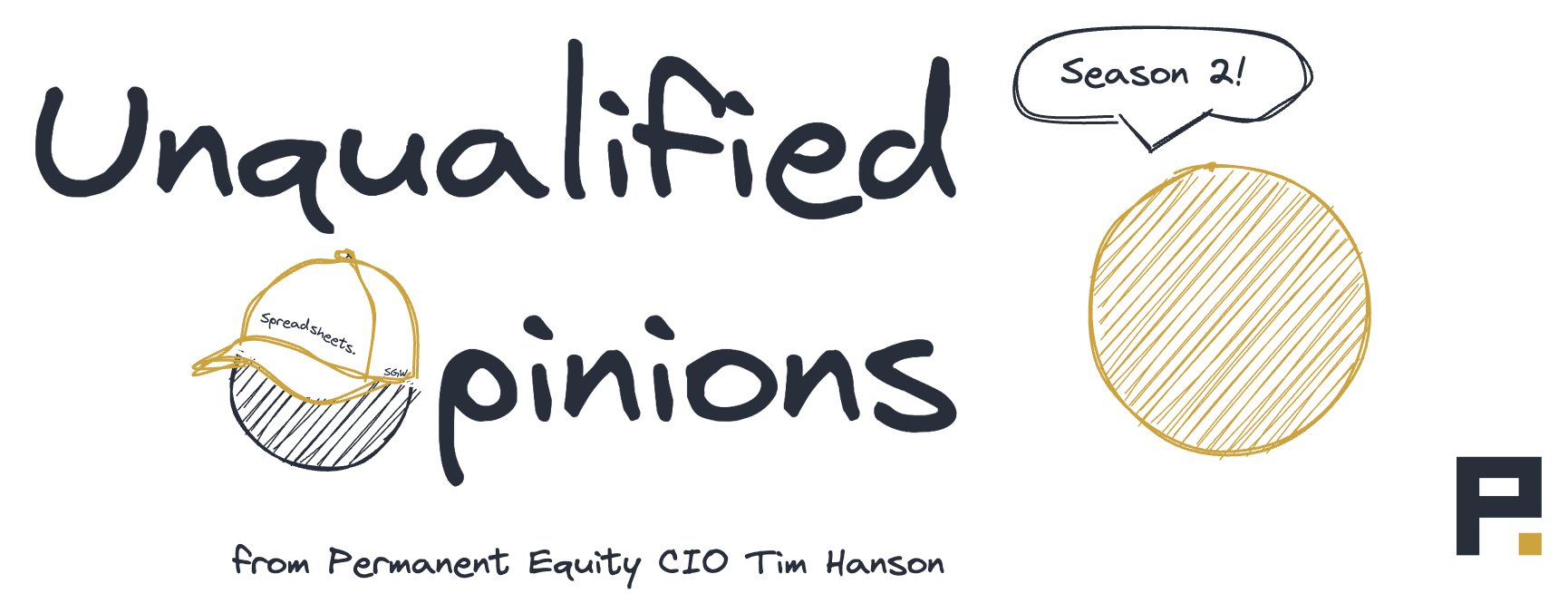Department Stores and Metallica Shirts
It’s a known-known that what’s old will eventually be new again (just don’t ask that teenager in the Metallica shirt if she can name any of their songs). So I thought this was an interesting article about a growing trend across startup consumer brands that raised capital to sell directly to consumers instead about-facing and wholesaling to department stores. You know, like in the olden days.
One reason for this is that money isn’t free any longer, so the idea of an approach that’s profitable from day one is a lot more appealing than it used to be compared to the prospect of raising a bunch of money and spending it to build a business that might be profitable in the future. There are other benefits as well, particularly in an uncertain economy. While selling wholesale means means you won’t capture 100% of the economics of your business (a feature, not a bug, if your economics are terrible, but I digress), shared margin also means shared customer acquisition costs, shared risk-taking on things like inventory obsolescence and markdowns, and access to broader data sets that might inform better choices about what to sell when.
So why did that whole direct-to-consumer wave pioneered by companies such as Warby Parker take off in the first place? The answer is that if your economics are good, then capturing 100% of them is better than a smaller number. But it’s a riskier bet, and the world cycles through phases of risk on/risk off even if it never seems to time it right.
Two of my rules when it comes to risk are (1) Don’t time it, so be consistent; and (2) There is no medium risk, so either take it or don’t. Through timing and “risk mitigation” you ultimately create the conditions for lower upside but the same downside (since everything can go to zero), and that’s a bad bet, risk-adjusted or not.
An interesting thing about rules, though, is that in order for one to be one, there need to be exceptions, and the optimal strategy for balancing wholesale and retail sales for consumer brands is an exception here. In other words, a great consumer brand, if it’s doing it right, will have both less-risky/upside/downside wholesale as well as more-risky/upside/downside direct-to-consumer (in the form of both e-commerce and company-owned stores). The reason for that is that these approaches can be complementary and lead to higher highs.
That’s not a free lunch, though, because it takes discipline to balance the channels.
For me, one of the vanguards in this space is Brunello Cucinelli, the ultra luxe Italian fashion brand, whose most recent results showed a roughly 60/40 split between retail and wholesale revenue. The company has long believed in a balance because the wholesale channel could serve as a physical advertisement in new markets, serve as a gateway to more specialized pieces in a collection, and be a source of vested, but independent, feedback, particularly if you are able to show that people who become customers at a department store eventually find their way to your destination store or website. Yet it also takes humility to not expand too quickly, to value that external feedback, and to build a culture where people who aren’t you might win alongside you too.
But it’s also not altruism. If you boil it down, a consumer brand selling through wholesale channels, if it's doing it right, is making a profit while advertising at a high conversion rate for its most profitable stuff to what will become its most loyal customers. And that’s a pretty good bet, risk-adjusted or not.
– By Tim Hanson


